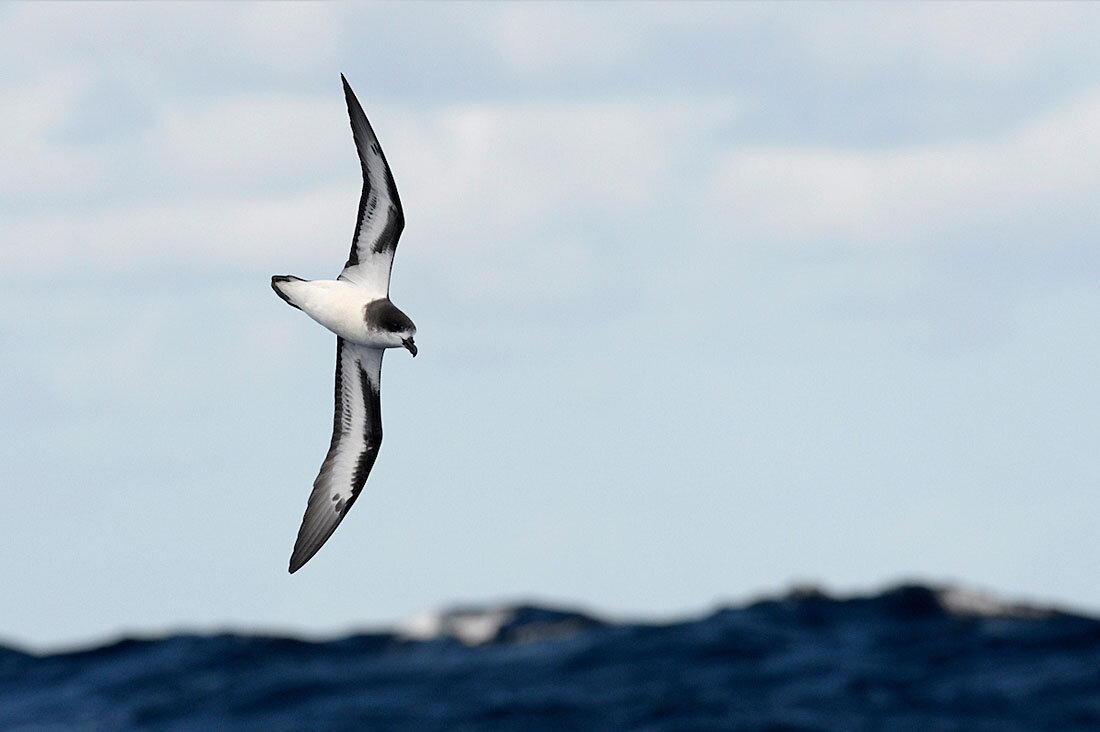BPOTY Conservation Documentary Award - Saving the Bermuda Petrel
New for 2020 is the Documentary Conservation Award which seeks a series of 3-6 images that, together with extended captions, depict a bird-related conservation story. Paul Sterry sets out an example of the type of entry this award seeks to attract.
The Cahow (to give it its local name) is Bermuda’s national bird and over the years this exquisite grey Pterodroma petrel has acquired almost mythical status, thanks to its remarkable story. Thought to be extinct for over three centuries, it was rediscovered and then brought back from the brink by the efforts of a few dedicated people. Its recovery is one of conservation's most heart-warming success stories.
Once an abundant breeder on Bermuda the Cahow’s demise began with the arrival of Man and by 1620 it was assumed to be extinct. However, in the first half of the 20th Century chance discoveries revealed that it had clung onto existence. An expedition in 1951 confirmed its presence on just five tiny, rocky islets in Castle Harbour and the entire world population that year was estimated to be just 17 or 18 pairs, with just eight chicks being produced. ©Paul Sterry
The five breeding islets on which the Cahow survived at the time of its resurrection were vulnerable to rising sea levels and hurricane damage. So in 2001 the Cahow's current guardian angel, Jeremy Madeiros, from Bermuda's Department of Environment and Natural Resources, began translocating chicks just prior to fledging. They were moved from vulnerable islets to artificial burrows on Nonsuch Island, a haven cleared of non-native species and predators, and re-stocked with previously-extirpated endemics by pioneering Cahow-saviour David Wingate. ©Paul Sterry
Extended caption: In the breeding season proper, Cahows are strictly nocturnal and in daylight seldom venture close enough to land to be observed. However, although eggs are not laid until late January or February, adults return to Bermuda waters for a couple of weeks in early November, to court, mate and stake a claim on a nest burrow. This is when Jeremy does some of most important work – weighing, measuring and sometime satellite-tagging the birds. ©Paul Sterry
Legendary David Wingate (instrumental in the initial protection of the species) built artificial next boxes as a first step to helping the birds. But the Cahows then had to contend with White-tailed Tropicbirds entering their nest burrows and killing the chicks. So he carefully constructed entrance hole 'baffles' to exclude the tropicbirds and this practical solution is maintained to this day by Jeremy Madeiros. ©Paul Sterry
The fate of the Cahow is quite literally in our hands. Thanks in part to the support of the Bermuda Audubon Society, the Cahow nest recovery programme has been a resounding success and in the 2018 nesting season 125 pairs were identified. Immature birds spend a few years at sea before returning home to breed so the next decade will be crucial for the species. ©Paul Sterry
Let’s hope Bermuda Petrels are able to build on their success so far and that a thriving population of this stunning seabird develops, for their own sake and for future generations of birders to enjoy. Perhaps in 10 years time the sight of a pair of Cahows engaged in courtship behaviour in November will be a familiar one both to residents and visitors to Bermuda. ©Paul Sterry






